Sep 20, 2023
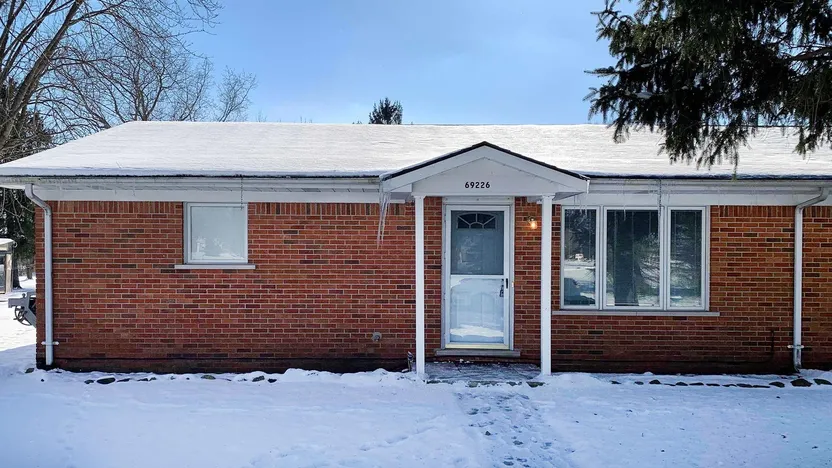
Would you be willing to buy a house if you only got to see half of it?
That was a question that real estate agent Jason Gelios had to weigh when he was contracted in early 2023 to help sell a house in Armada, MI, that had been converted into a duplex, with tenants already living on one side.
Gelios, an agent with Community Choice Realty in Southeast Michigan and author of “Think Like a Realtor,” knew that today’s buyers were definitely drawn to properties with money-making potential.
The problem was that these tenants refused to let him inside.
In this installment of “Real Estate Confessions,” find out how Gelios managed to sell this tricky property, and learn some smart lessons about how any kind of property baggage can be turned into a boon with the right spin.

‘The curb appeal was great, but…’
Located on 1.42 acres, the house was 1,972 square feet in total, with each unit of the duplex having two bedrooms, one bath, and its own utilities.
The sellers were children of the former owner, who had passed away. The tenants in the occupied side of the duplex were an older couple who had lived there for seven years without a rent increase. Due to an illness, they wanted as few visitors as possible.
“In a landlord-tenant situation, tenants are legally obligated to show the unit to the landlord with 24-hour notice,” says Gelios. However, there is no provision that they have to show it to a listing agent—and they had no intention of doing so.
From the outside at least, the house presented a great first impression, even in winter, when homes rarely look their best.
“The curb appeal was great considering the cold weather. The exterior looked beautiful with the snowscape,” says Gelios. “This property mainly [was] brick as well, which tends to hold up better than siding.”
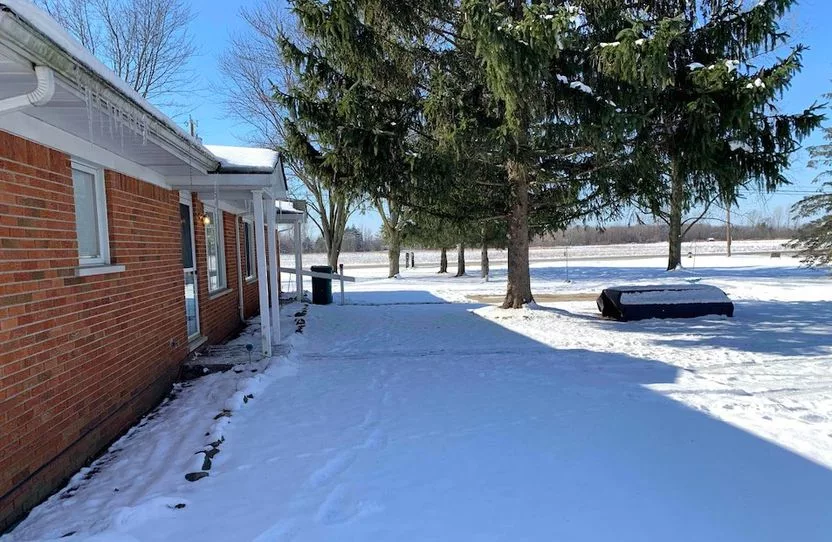
The home’s interior showed well, too.
“I was impressed by the amount of natural light and the view from the bedrooms with the windows showcasing the backyard and neighboring 30 acres of farmland,” says Gelios. “I thought I was going to feel claustrophobic in this unit, but it really surprised me.”
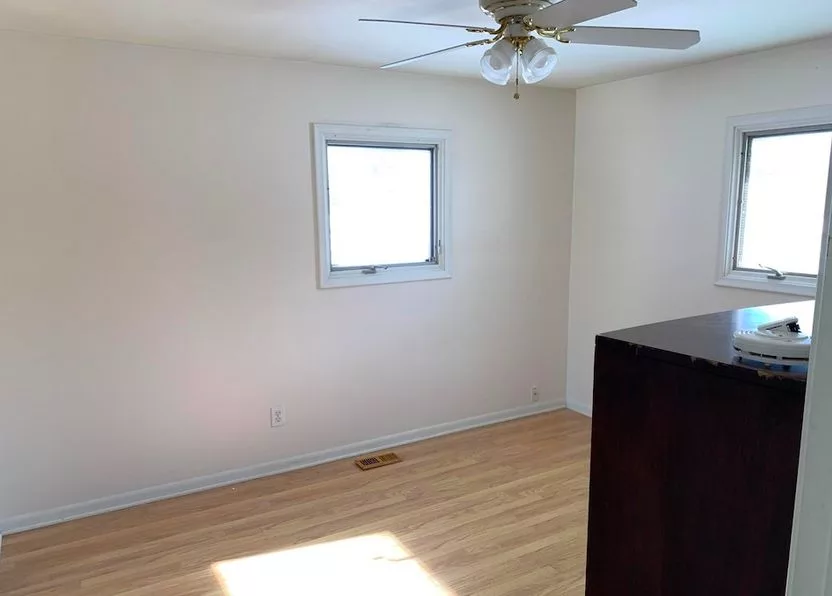
Also on the asset list was the large kitchen.
“The best interior feature of this unit was the size of the kitchen,” says Gelios. “In these smaller square footage properties, kitchens tend to be small without much room for a dining area, but that was not the case.”
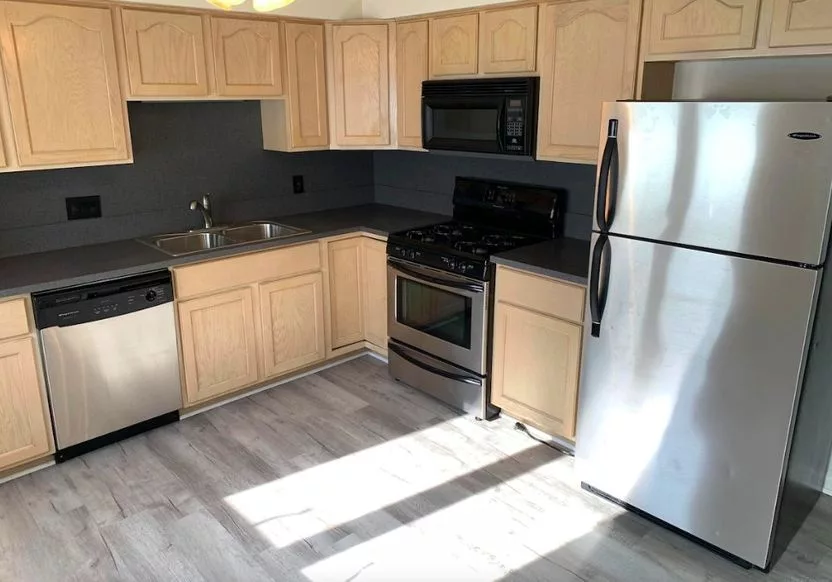
This duplex also had a two-car garage with both spaces separated by a concrete wall and separate doors for each.
“In this area, garages aren’t common with duplex properties,” says Gelios.

“Plus, both units also had access to their own large garden, which was well received by those who saw it,” he adds.

Despite all of these positives, the house did need some sprucing up before going on the market.
“Walking through this property, my eyes were instantly pulled to the crayon markings all over the walls,” says Gelios.
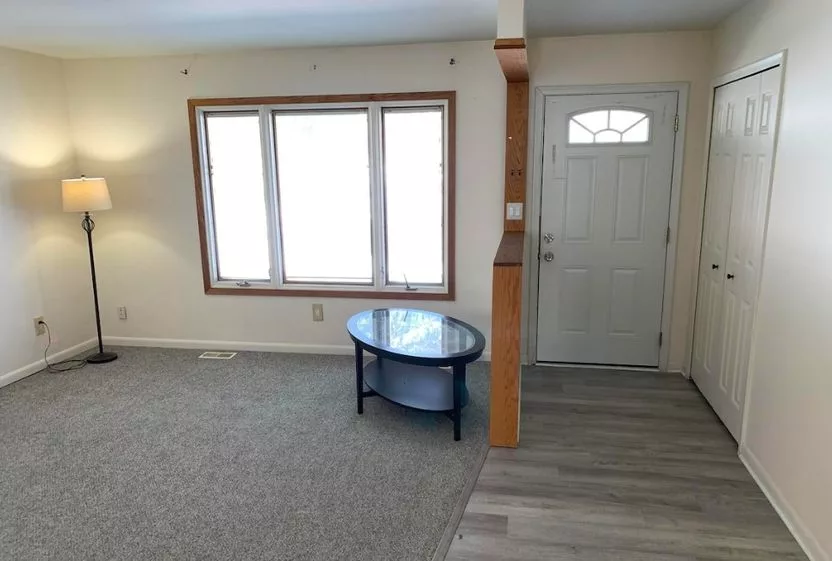
The sellers had said they didn’t want to completely renovate the property since that would mean more of a financial investment. So Gelios suggested they sell the home as is, which makes it clear to buyers that the property is not in mint condition.
Nonetheless, he also recommended that they should at least invest in a fresh coat of paint, as well as a deep cleaning and some light renovations, like new door handles and blinds.
Photograph to hide a home’s flaws
Once the home had been cleaned up, Gelios went back to photograph the property. Although he couldn’t shoot the tenant-occupied unit, he concluded that was probably a blessing, since a lived-in unit “just wouldn’t have presented itself well,” he says.
Instead, he knew he had to instruct buyers to simply imagine what the occupied unit looked like based on his photos of the other half of the property.
“I had to tell people to try to picture the second unit being the same as the first,” says Gelios.
Then, he had to get creative with the photos to hide this home’s imperfections.
“I noticed that the seller did not paint the ceiling, so when it came to the kitchen and living room, I tried to take the focus away from the ceiling,” says Gelios. “Also, in the bathroom, they had not finished replacing the caulk in the shower, so I had to close the shower door.”
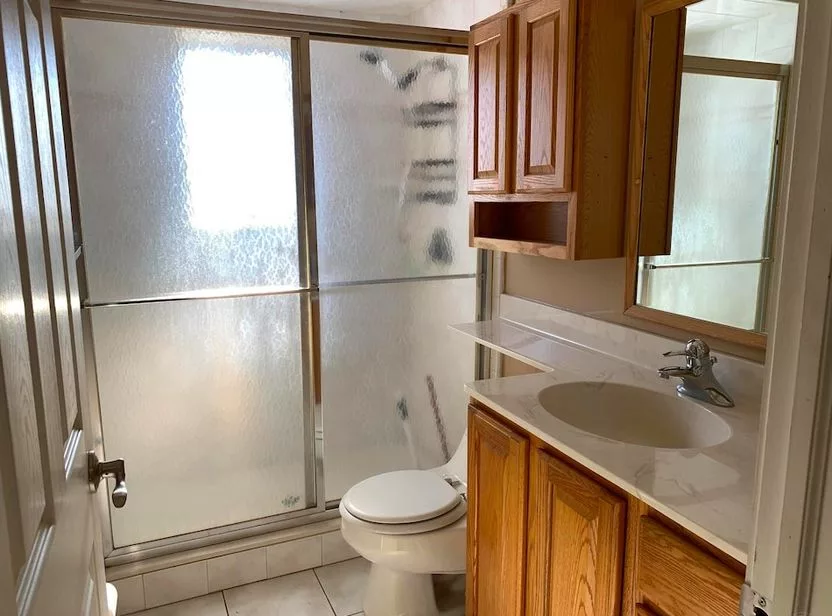
Sometimes a little spin can help sell a house
In early February 2023, about one month after his first meeting with the sellers, Gelios listed the property for $339,000. Not being able to show the occupied half of the duplex was a problem at first, but Gelios managed it with a little spin.
“Prior to listing this property, my seller got a revised lease agreement in place protecting both parties in the event the property sold,” says Gelios. “The lease agreement allowed the tenant three months to move out if they didn’t accept the new lease terms by a new owner.”
However, if the current tenants agreed to the rent increase and other terms, they would be allowed to stay for at least another year.
What this did was allow Gelios to market the duplex as having built-in rental income with tenants in place who were likely to stay.
The tenants would allow a home inspection, so Gelios informed potential buyers that they could view and inspect the occupied unit once an offer was in place.
Make sure your price reflects the market
While most of the potential buyers accepted that they would not be able to see the other unit until after making an offer, they paused at the home’s asking price.
Gelios had warned the sellers from the start that the $339,000 list price was ambitious.
“My suggested price [was] $310,000,” he says. “But ultimately it’s up to the seller.”
As a result, he says, “We had a bunch of showings, but almost everyone provided feedback that the price was too high. Eventually, we had several people send offers that were close to what I suggested, and my sellers realized that this is where they should be.”
The sellers accepted the highest offer ($300,000), and the home went under contract in mid-February. But the story was not quite over.
The final inspection
Once it came time for the home inspection, the tenants allowed it but refused to make it easy for the inspector to access areas such as the attic and utilities.
“Essentially, I had to calm the buyers’ nerves and remind them that they would not be stuck with these tenants should they choose to make the purchase,” says Gelios.
The buyers weren’t scared off, and the deal closed on March 24.
Gelios thought the new owner was going to let the tenants continue renting while he and his wife lived in the other unit. But right after closing, he had put up a “For Rent” sign by the street.
“I wonder what that was about?” muses Gelios. He still hasn’t seen the entire property.
Source- https://www.realtor.com/advice/sell/what-did-it-take-to-sell-this-house-turning-major-baggage-into-a-moneymaker/






